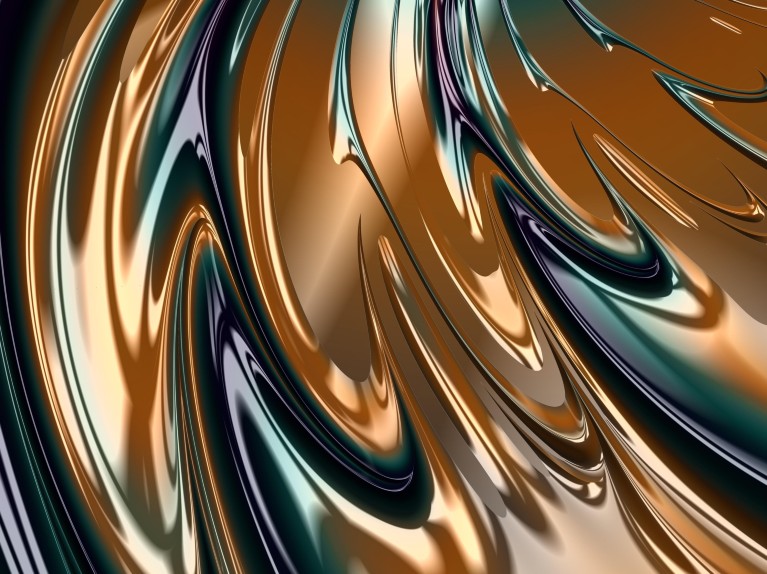
© Liyao Xie/Moment/Getty Images
The point at which glass-forming substances transition from a liquid to a solid-like state as they cool has been probed by using laser beams to perturb suspended particles.
As conventional liquids cool and start to solidify, their atoms or particles begin to lock into position with their neighbours. But glasses lack the ordered structure of conventional solids. Instead, they have a rigid, amorphous structure, but the details of how this structure forms remained unclear.
Now, researchers at the Institute for Basic Science in South Korea have probed this transition by using a laser-based approach.
They identified the formation of local domains, or cages, in which particles begin to lock with their neighbours and move in a coordinated manner. As the material cooled further, the cages became more rigid and began to merge with each other, driving the onset of solid-like behaviour.
Nature 587, 225–229 (2020). doi: 10.1038/s41586-020-2869-5



 Institute for Basic Science
Institute for Basic Science